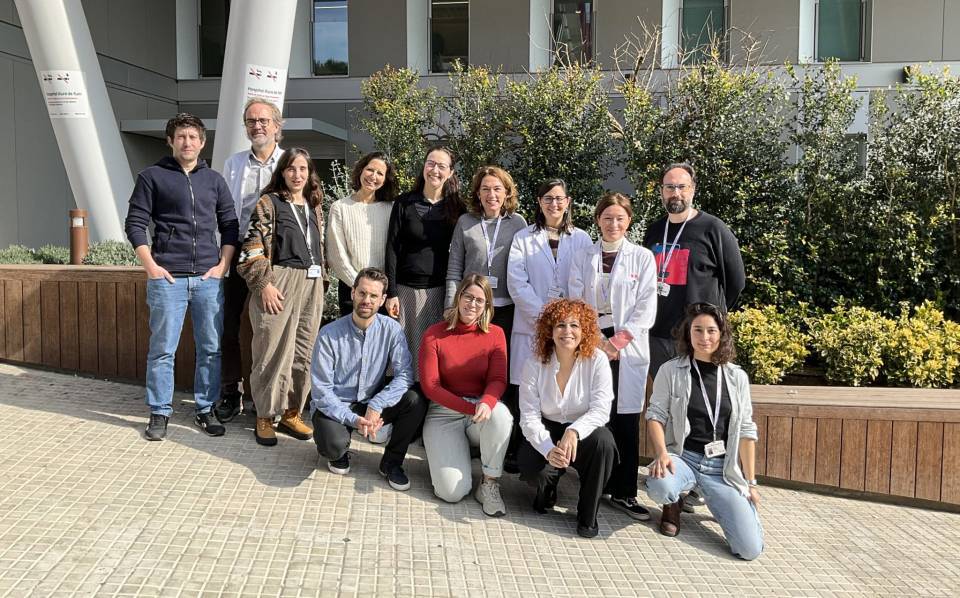The study was carried out by the IDIBAPS group 'Hepatic Vascular Biology' and the spin-off of the institution Barcelona Liver Bioservices (BLB), under the leadership of Jordi Gràcia-Sancho, leader of the IDIBAPS group and CIBEREHD researcher. The study was carried out in collaboration with Inventiva, a clinical-phase biopharmaceutical company that mainly focuses on developing therapies for treating nonalcoholic liver disease.
“The study shows the beneficial effects of the pan-PPAR agonist lanifibranor in improving the phenotype of sinusoidal endothelial liver cells, hepatic stellate cells, and hepatic macrophages, which, in the end, may lead to a reduction in portal pressure and hepatic fibrosis. The data were obtained from two preclinical models of advanced chronic liver disease and from human primary cells cultivated in the ExoLiver® platform", said Zoe Boyer-Díaz and Peio Aristu-Zabalza, the article’s joint lead authors.
This technology developed by the group mimics the human hepatic sinusoidal microenvironment and makes it possible to co-culture primary liver cells in an environment similar to the physiological environment, making it possible to corroborate in human cells the results obtained in animal models.
“Given the current lack of treatments for advanced stages of chronic liver disease and its principal complication, portal hypertension, the findings presented in the study are a major step toward developing new therapies for patients with chronic liver disease”, said Gràcia-Sancho. This is why the spin-off, BLB, which specializes in the design and development of preclinical trials in the field of liver disease, wants to facilitate public-private cooperation to bring new potential therapies to clinical practice and to patients.
Lanifibranor is already in clinical research stages and, after the positive results of the phase-II study, Inventiva has communicated its plans to evaluate the compound in phase III in patients with nonalcoholic steatohepatitis (NATIVE3; NASH lanifibranor Phase 3 trial). However, the data published in this study open the door to evaluation in patients with decompensated cirrhosis and portal hypertension, who are at risk and often require a liver transplant as the only treatment available.
Article reference:
Pan-PPAR agonist lanifibranor improves portal hypertension and hepatic fibrosis in experimental advanced chronic liver disease.
Zoe Boyer-Díaz, Peio Aristu-Zabalza, María Andrés-Rozas, Claude Robert, Martí Ortega-Ribera, Anabel Fernández-Iglesias, Pierre Broqua, Jean-Louis Junien, Guillaume Wettstein, Jaime Bosch, Jordi Gracia-Sancho. Journal of Hepatology, 2021, doi: 10.1016/j.jhep.2020.11.045.
Clínic Barcelona
Clínic Barcelona
Research
February 23 2021
Beneficial effects and mechanisms of action of a new treatment for portal hypertension and hepatic fibrosis described
A study published in the Journal of Hepatology shows for the first time the efficacy of the drug lanifibranor in portal hypertension and hepatic fibrosis in preclinical models of chronic liver disease.

Zoe Boyer-Diaz, Jordi Gracia-Sancho and Peio Aristu-Zabalza, lead authors of the study



